Electric vehicles are the future of motoring. Unless someone comes up with a better alternative, carmakers all over the world are shifting their focus towards electrification. And even though electric vehicles only make up 2-percent of U.S. domestic car sales, EVs are here to stay – like it or not.
However, electric cars are unlike the old-fashioned gasoline or diesel-powered vehicles we’ve known and loved. Since the internal combustion engine is now replaced with batteries and electric motors, deciphering the specifications of EVs are not as easy as it sounds, and this holds true even for experienced car-buyers, car owners, or car lovers alike.

Horsepower is now mentioned as kilowatts when referring to electric motors. However, kilowatt can also refer to charging rates which we’ll discuss below. On the other hand, the gasoline octane rating is now interpreted as kilowatt-hours, which now refers to battery size.
It’s all too confusing, don’t you agree?
Luckily, we’re here to help.
What does kilowatt mean?
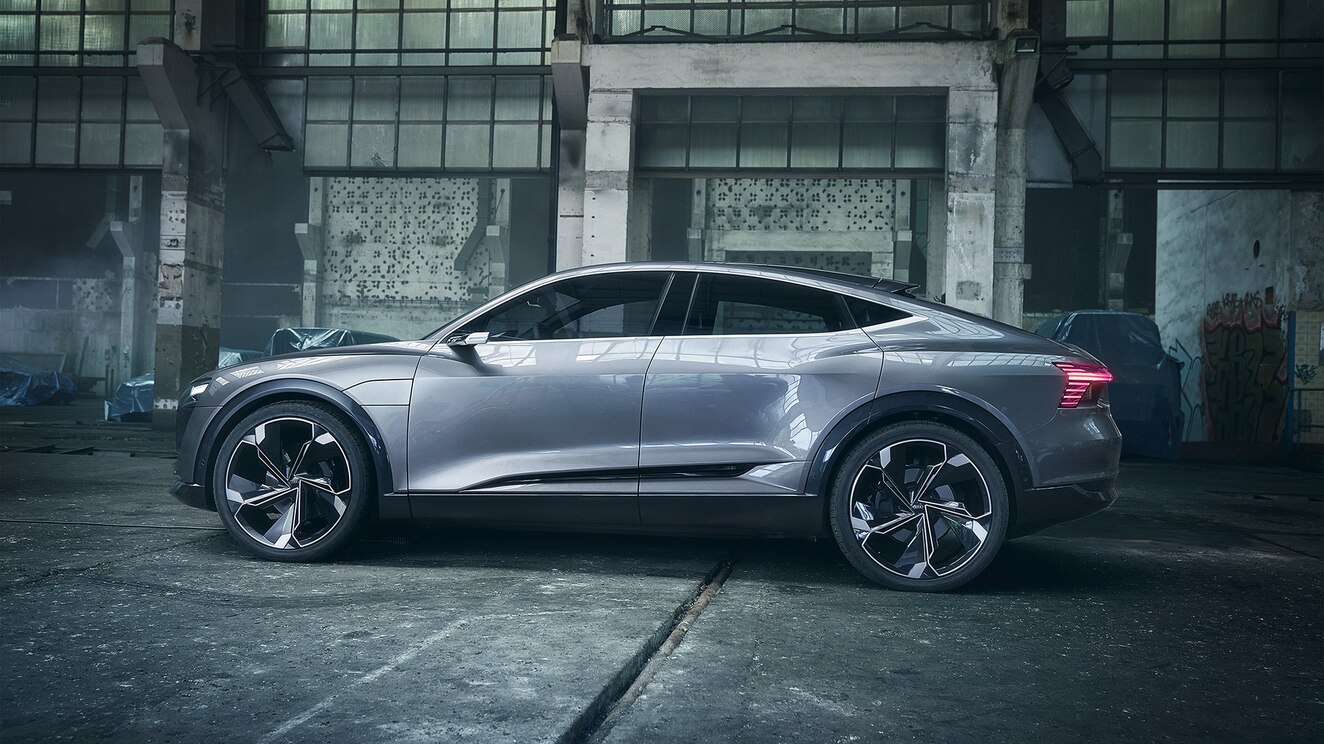
Let’s start with kilowatt (kW). You can think of kilowatt as the equivalent horsepower of an electric motor. And by understanding the kW rating of an electric car, you’ll have an idea of the power and acceleration of the vehicle, especially if you’re familiar or used to the inner workings of a traditional petrol-powered vehicle.
As with standard horsepower, a higher kilowatt number also means more horsepower and more forceful acceleration.
Converting kilowatt to horsepower is easy as pie. Take the kW number and multiply it by 1.34 since one kilowatt is equal to roughly 1.34 horsepower.
Let’s use the latest specs of the 2020 Porsche Taycan 4S, specifically the base Performance Battery model. The car has two electric motors with a combined output of 390 kW. Using the math above, 390 kW multiplied by 1.34 (390 x 1.34) is 523 horsepower.
What do kilowatt-hours mean?
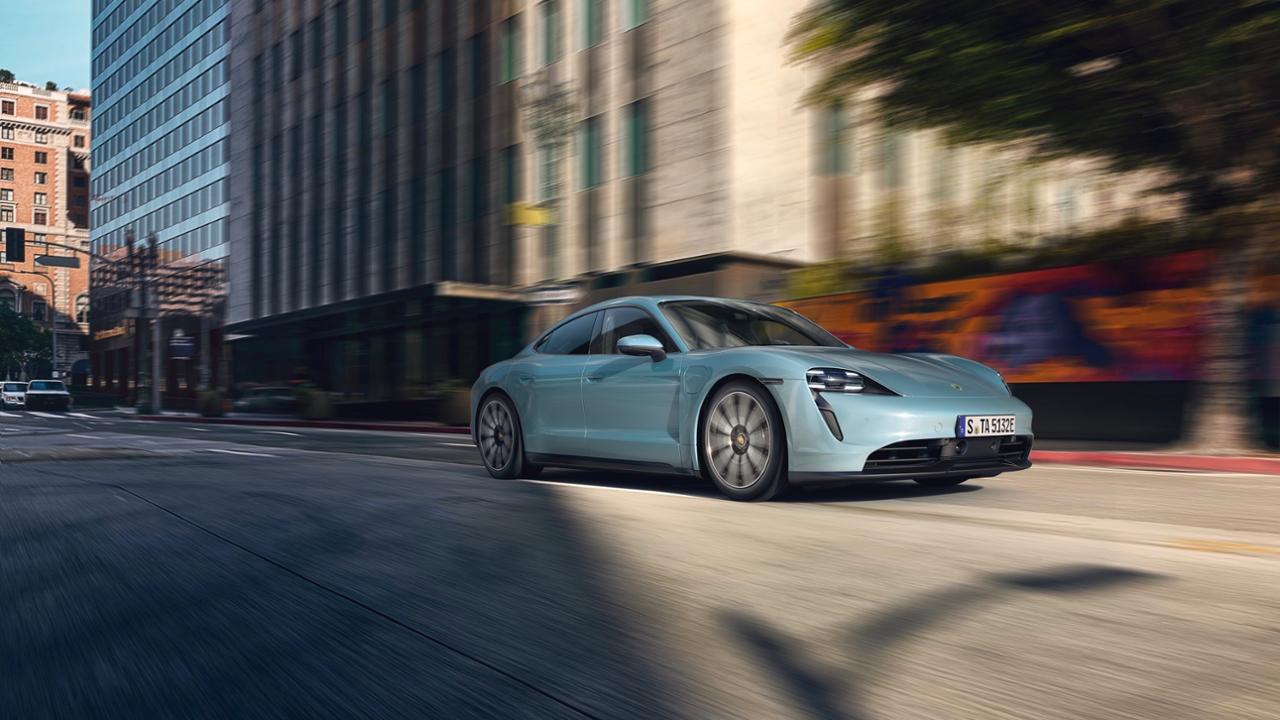
As if having two kilowatt-based figures are not confusing enough, kilowatt-hours or kWh refers to the battery size, which also refers to the estimated range of the car.
Let’s talk about battery size for a bit. Similar to having a larger gas tank, a larger battery means longer range or more miles per full charge. But then again, less is more in terms of weight, so having a large and heavy battery pack may affect performance, acceleration, and range.
Going back to the Taycan 4S Performance Battery model, Porsche claims the car receives a 79.2 kWh battery pack. One kilowatt-hour is equal to around three miles of driving. Hence, 79.2 kWh multiplied by 3 (79.2 x 3) is 238 miles, which means the base Taycan 4S is good for a driving range of roughly 238 miles in a single full charge.
What’s more interesting is the base Taycan 4S theoretically achieves the longest range among all Taycan variants despite having less power.
What is kilowatt in terms of charging rate?
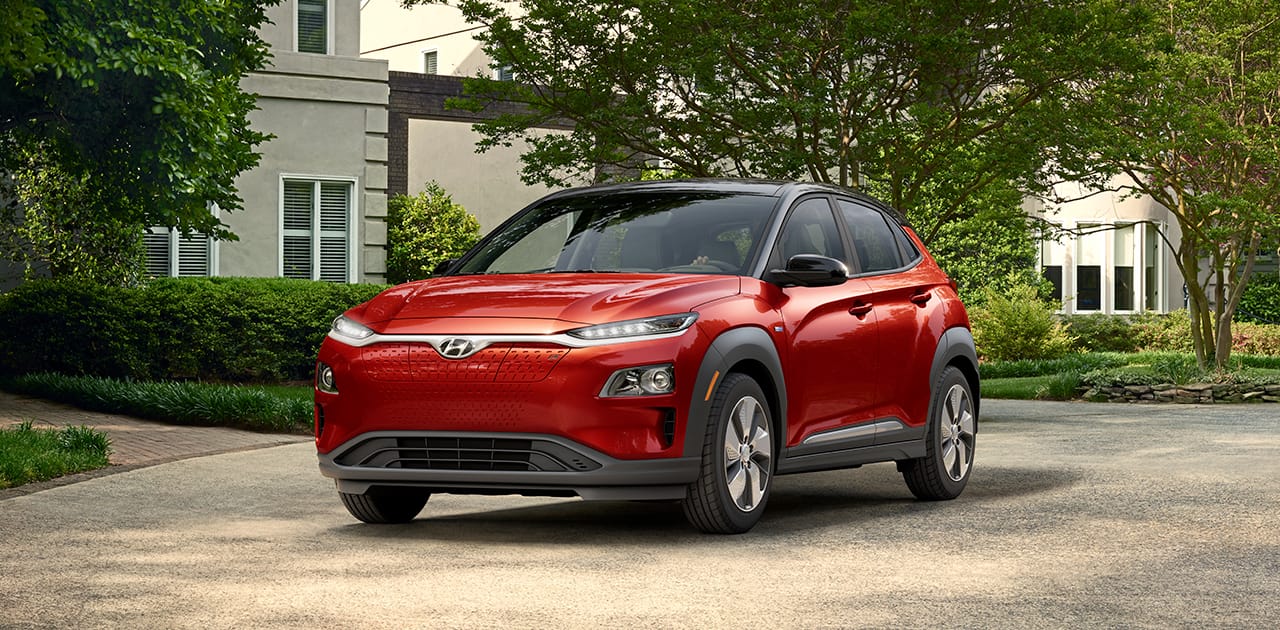
Don’t be confused. Electric cars also use kilowatt when referring to the charging rate of the battery pack. When buying or researching the specs of an EV, you’ll encounter two types of kilowatt figures in the spec sheet. The first is kilowatts in terms of horsepower discussed above. Next is kilowatts referring to the charging rates.
Lower numbers mean conventional AC chargers while higher numbers will usually refer to DC fast chargers or rapid charging ports. In a Tesla Model 3, standard charging options include an 11.5 kW AC fast charger. Using this method, it means the ability to replenish 11.5 kilowatt-hours of power for every hour of charging. And since one kilowatt is equal to roughly 3 miles of range, this also means getting 34 miles of range per hour using an 11.5 kW charger.
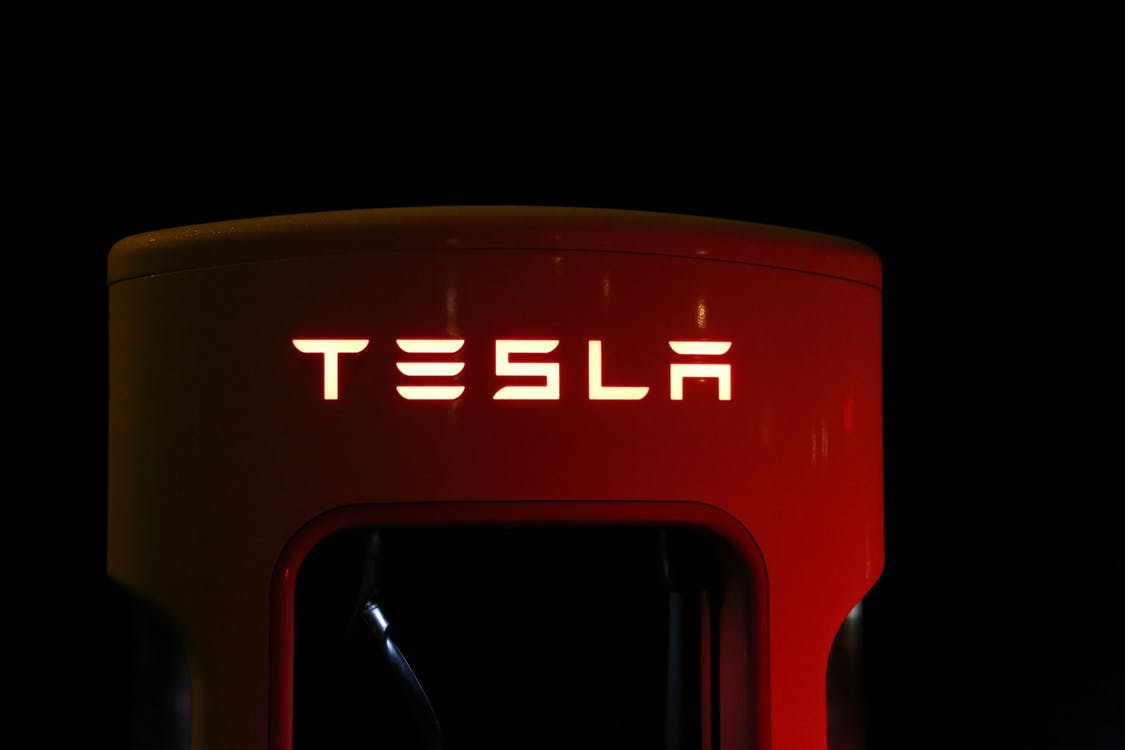
Based on this information, it’s easy to understand why Tesla’s Supercharging network (or any DC fast-charging station) is essential to the acceptance of EVs in general. Tesla Superchargers are rated at 120 kW DC, which means 120 kilowatt-hours of juice in an hour of charging or 360 miles of range per hour.
And in the case of Tesla’s Model 3, this means zero to eighty-percent battery charge in 20 to 40 minutes. When referring to kilowatts in terms of charging rate, a higher number means faster charging.
Conclusion
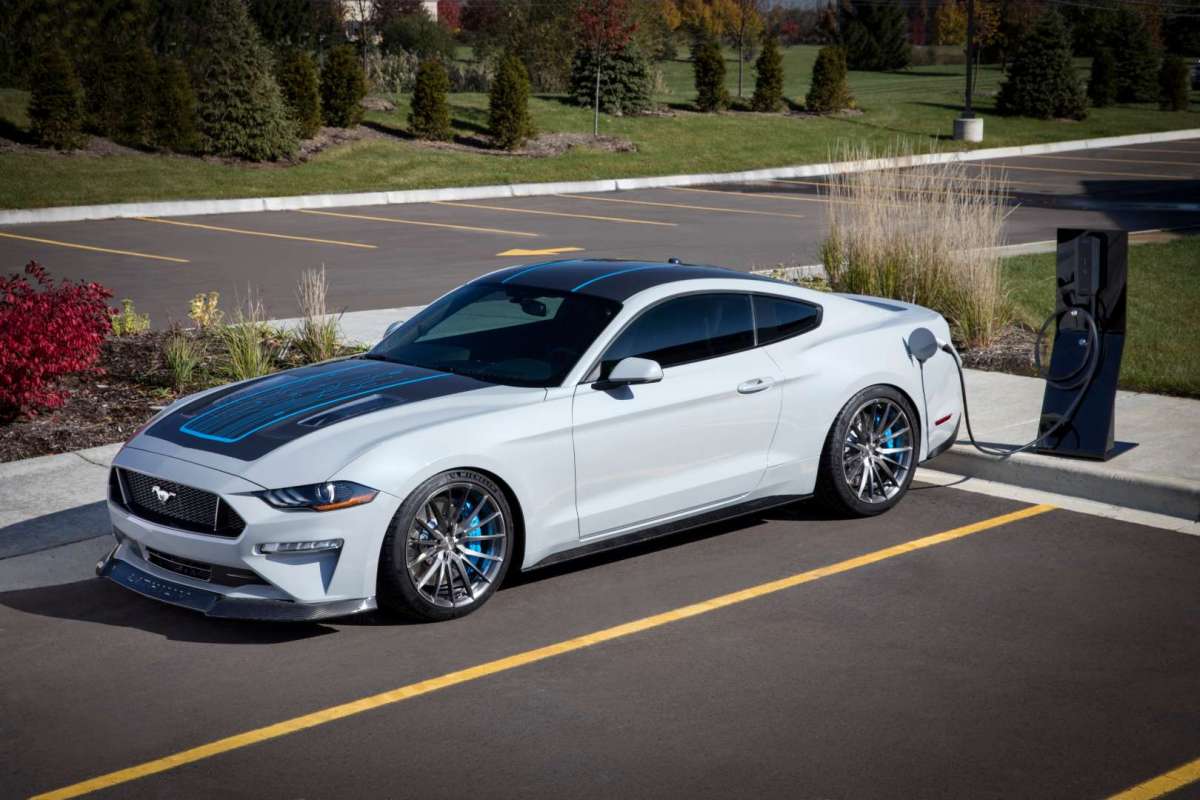
In terms of market share, electric vehicles have a long way to go. But if you can afford it, taking the EV plunge has never been easier. Both domestic and import carmakers are now scrambling to gain a marginal foothold in the burgeoning EV industry. We’re hoping this short guide on EV specifications will help you make the right purchasing decision.

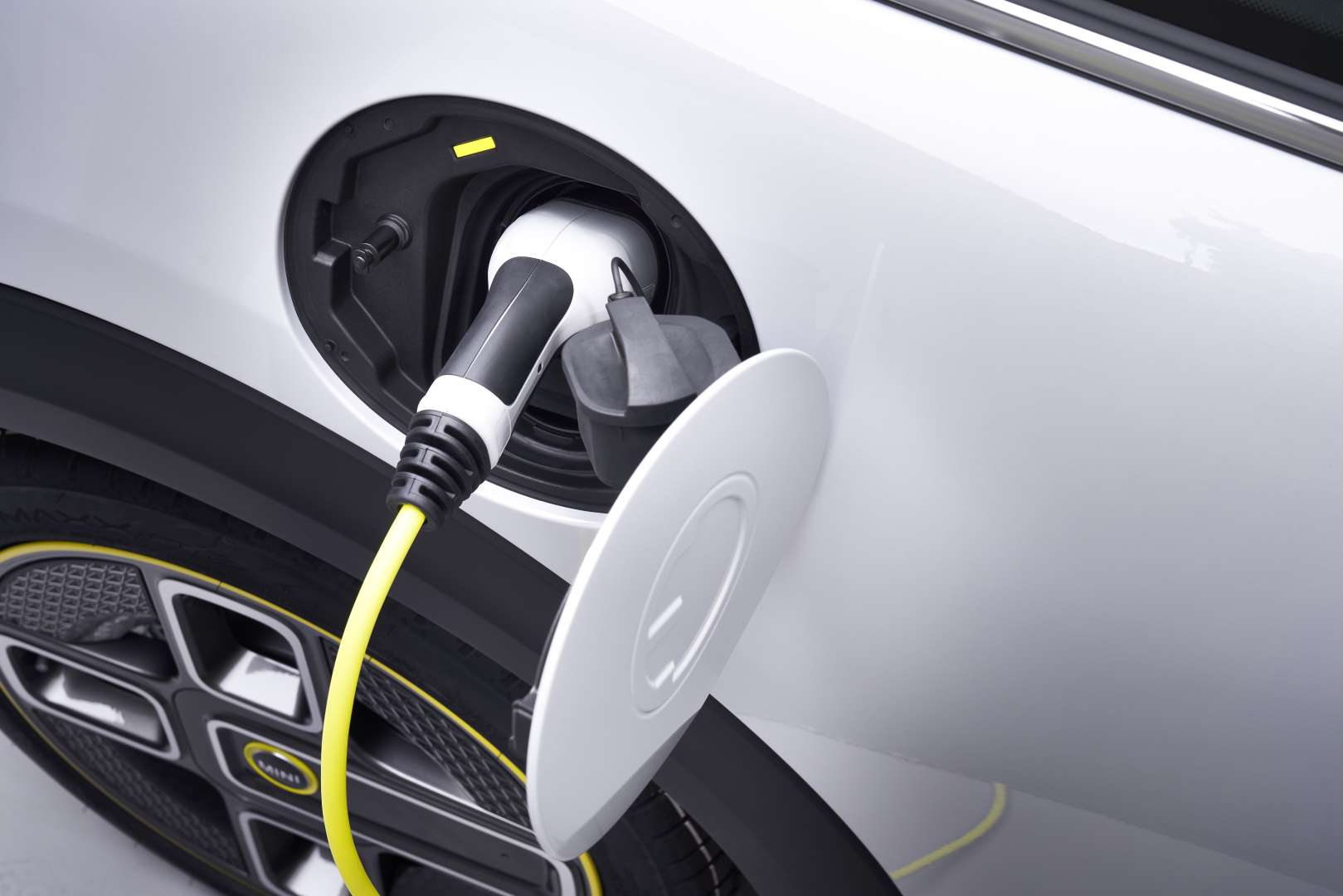


1 Comment
Perry Curling-Hope
Simply,
A kilowatt is an intensity
A kilowatt hour is an amount.
Kilowatts determin how fast you can go
Kilowatt hours determine how far you can go.
Comments are closed.